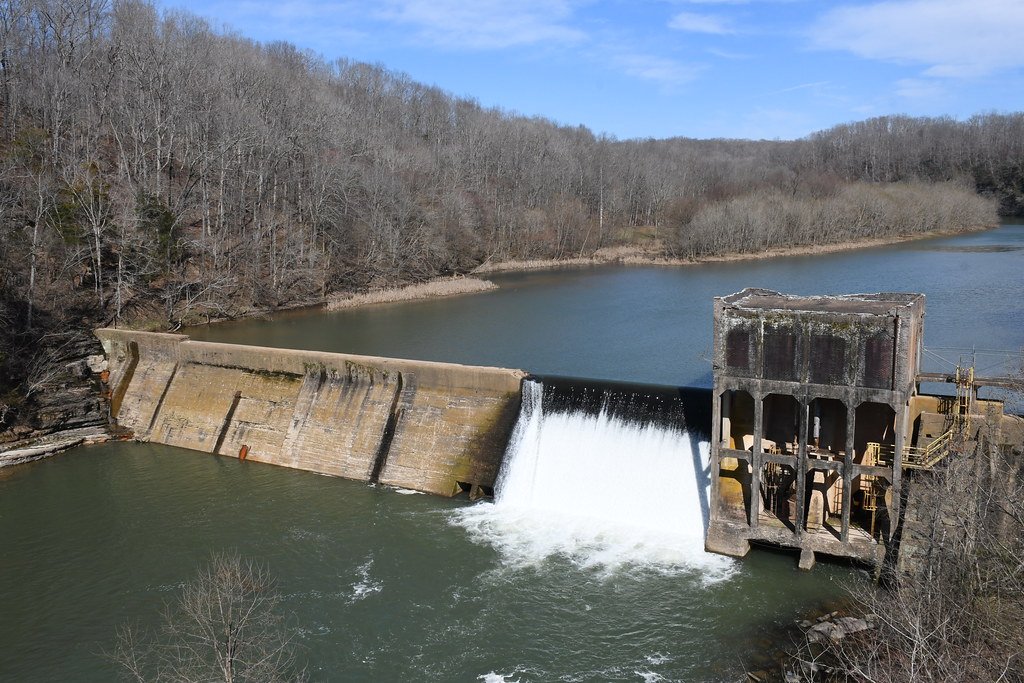Imagine waking up one morning to the sound of bulldozers and the distant scent of wet earth, knowing that soon your home, your school, your favorite fishing spot—every memory rooted in your small town—will vanish beneath rising waters. This is not the plot of a forgotten novel, but the startling reality faced by thousands when the Tennessee Valley Authority (TVA) began its ambitious hydropower projects during the twentieth century. The story of the drowned towns of the TVA is one of progress and heartbreak, of science and sacrifice, and of communities lost beneath the still waters that now power millions of homes.
The Birth of the Tennessee Valley Authority

The TVA sprang to life during the depths of the Great Depression, a time when hope seemed as scarce as jobs. President Franklin D. Roosevelt championed the idea, aiming to harness the unruly Tennessee River, control devastating floods, and bring electricity to rural communities. The TVA’s creation in 1933 was a bold experiment in federal planning, one that promised to transform the region’s economy and landscape. Hydropower became the engine of this transformation, with a sweeping plan to build dams and reshape entire river valleys. The idea was thrilling for some, terrifying for others, and utterly unavoidable for the people living in the path of progress.
Why Hydropower? The Science Behind the Choice
Hydropower was chosen for its simplicity and immense potential. Water stored behind a dam holds energy—release it, and you unleash a force capable of spinning turbines and generating electricity. The Tennessee River, winding and wild, offered countless sites for dams and reservoirs. Scientists and engineers favored hydropower because it was renewable, produced no air pollution, and could be scaled up to meet the demands of a growing population. The TVA’s engineers mapped the landscape meticulously, calculating where dams could best control floods, irrigate farms, and light up homes. But these calculations rarely included the human cost of flooding entire towns.
Mapping the Flood: The Towns Marked for Submersion
Long before the first drop of water trickled into new reservoirs, teams of surveyors fanned out across the Tennessee Valley with maps, cameras, and government orders. Their task was straightforward but heartbreaking: identify the towns, schools, churches, and graveyards that lay in the future flood zones. Places like Loyston, Willow Grove, and Butler were marked with red ink, destinies sealed by the sweep of a pen. Entire communities gathered to hear officials explain that their homes would soon disappear under water, with little say in the matter. The mapping process was precise and scientific, yet it could never capture the loss of neighbors, memories, and heritage that followed.
Stories from the Depths: Real Lives Uprooted

For the people of these doomed towns, the announcement felt surreal. One day you were planning a harvest festival or repairing a porch, the next you were told to pack up your life. Families watched as their homes were demolished, trees felled, and roads rerouted. In Butler, Tennessee, residents held a mock “funeral” as the waters of Watauga Lake crept up their doorsteps—an act both defiant and heartbreaking. Some salvaged what they could, loading wagons with furniture and heirlooms; others left behind everything but memories. The stories echo with pain, resilience, and a sense of injustice that lingers long after the lakes have settled.
The Engineering Marvels: Dams That Changed the Landscape
The TVA’s dams were feats of engineering, rising like concrete mountains in the middle of peaceful valleys. Norris Dam, completed in 1936, was the first—a symbol of hope and controversy. Soon, others followed: Fontana, Douglas, Pickwick Landing, and many more. Each dam created a vast reservoir, turning swift rivers into calm lakes. The construction sites buzzed with workers, machines, and the promise of modernity. These dams brought electricity and flood control, but also erased forests, farms, and entire communities from the map. The reservoirs that now glisten in the sun are both monuments to human ingenuity and silent tombs for the towns below.
Environmental Transformations: A New Ecosystem Emerges
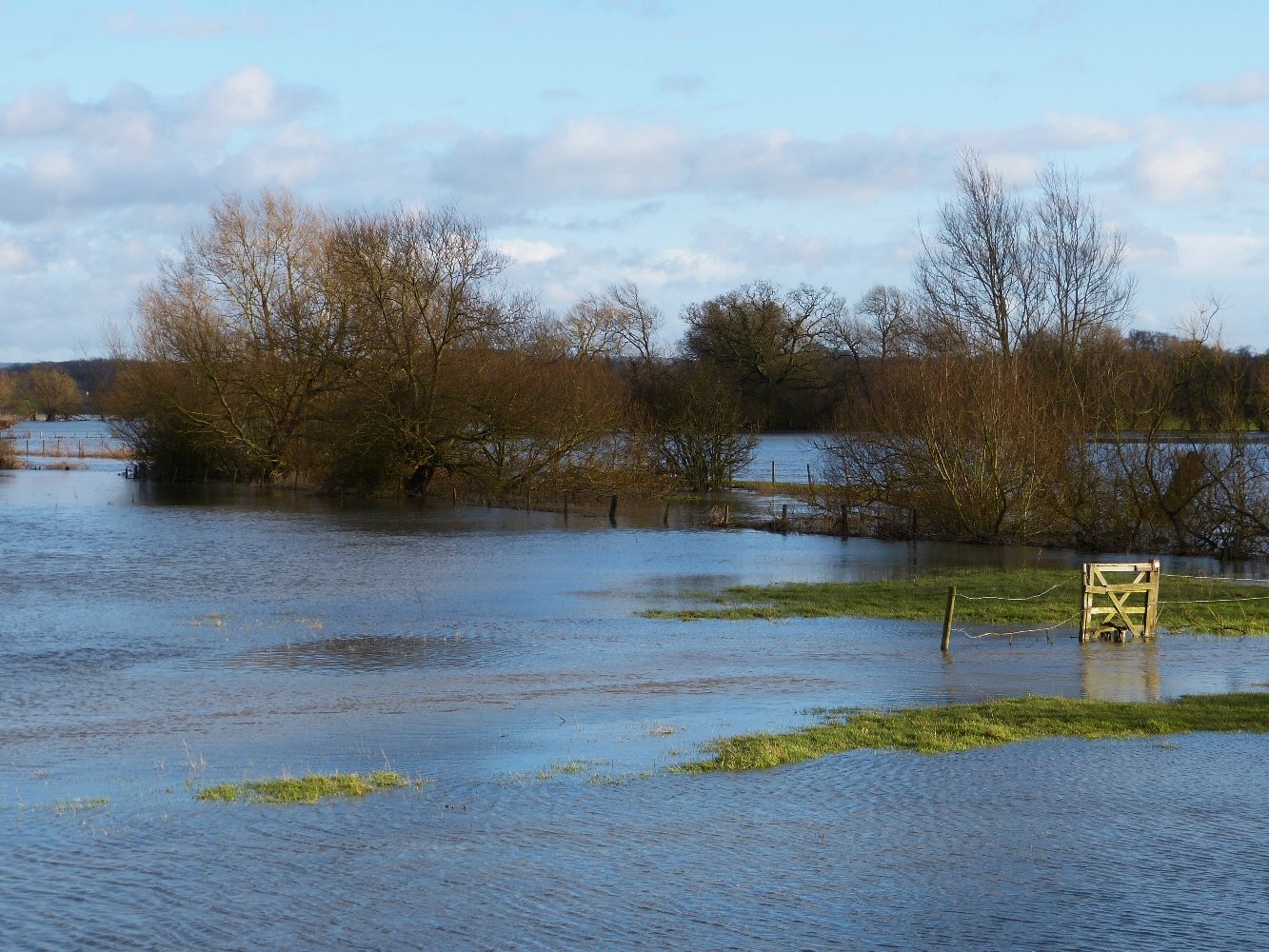
Flooding the valleys did more than drown towns—it transformed the land, water, and wildlife. Forests disappeared, replaced by open water. Fish populations shifted as cold, deep lakes replaced fast-moving streams. Birds found new nesting grounds along shorelines, while some mammals lost their habitats entirely. The creation of these reservoirs introduced new plant and animal species, forever altering the region’s ecology. Scientists studied these changes, sometimes marveling at nature’s adaptability, sometimes mourning the loss of what once was. The TVA’s lakes became havens for recreation and wildlife, but only after a period of profound upheaval.
Uncovering the Past: Graves, Artifacts, and Memories
Before the waters rose, families and officials faced the delicate task of relocating cemeteries, monuments, and treasured artifacts. In many towns, entire graveyards were exhumed, with remains reburied on higher ground. Churches salvaged stained glass windows and pews, hoping to rebuild elsewhere. Occasionally, archaeologists uncovered Native American sites, adding layers of history to the loss. Objects left behind—rusted tractors, stone foundations, and forgotten toys—still rest beneath the silt and water. Divers and historians sometimes explore these submerged worlds, seeking to piece together the stories of lives interrupted.
The Price of Progress: Weighing Gains Against Losses
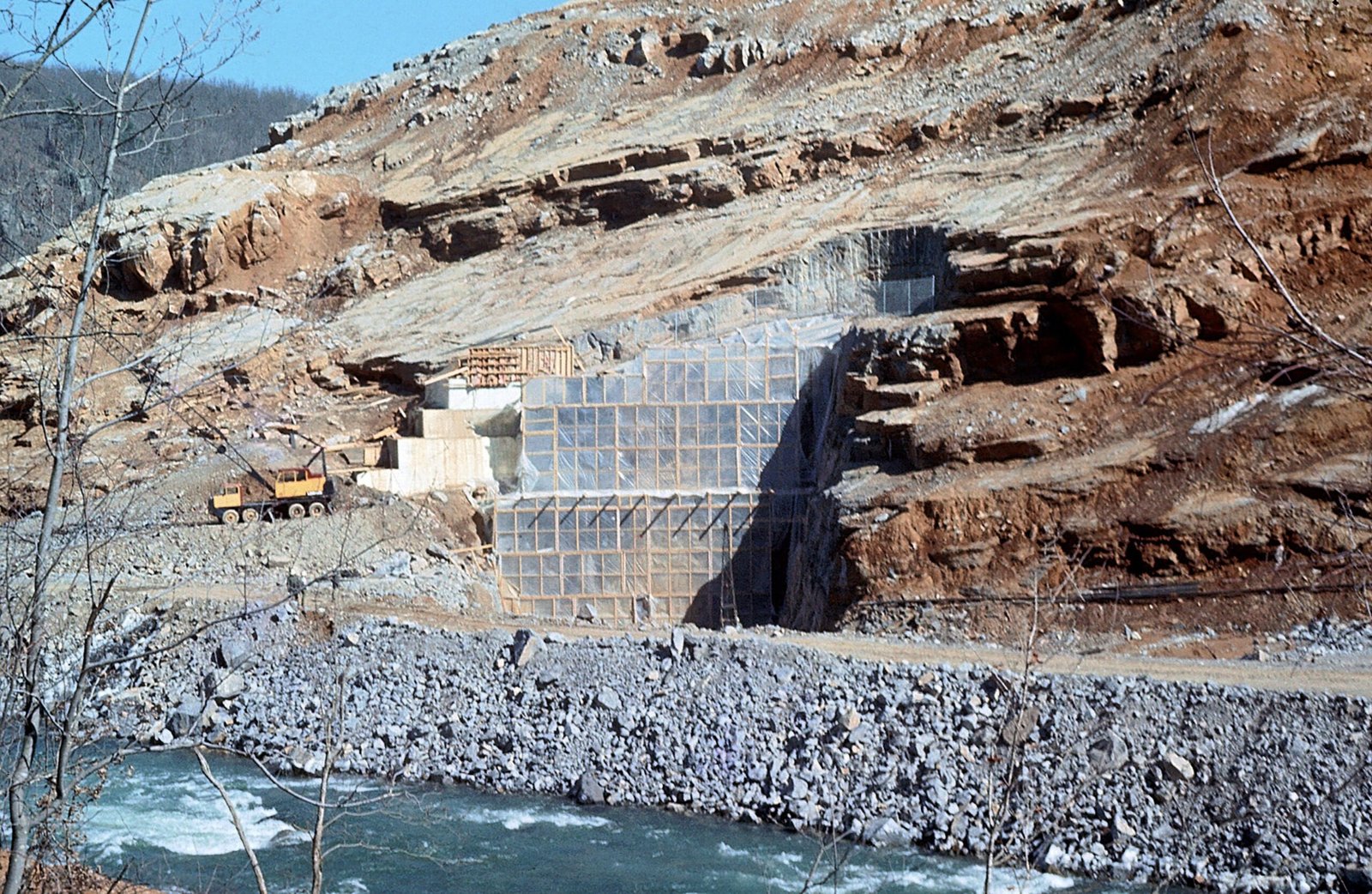
The TVA brought light, jobs, and prosperity to millions, but it demanded a steep price from those in the path of its progress. Supporters pointed to thriving cities, modern farms, and affordable electricity as evidence of success. Critics saw only the broken promises and lost communities. The debate over whether the benefits outweighed the costs continues even today. For many, the lakes are places of beauty and recreation. For others, they are reminders of sacrifice and displacement—a paradox at the heart of America’s drive for progress.
The Lost Towns Today: Echoes Beneath the Surface
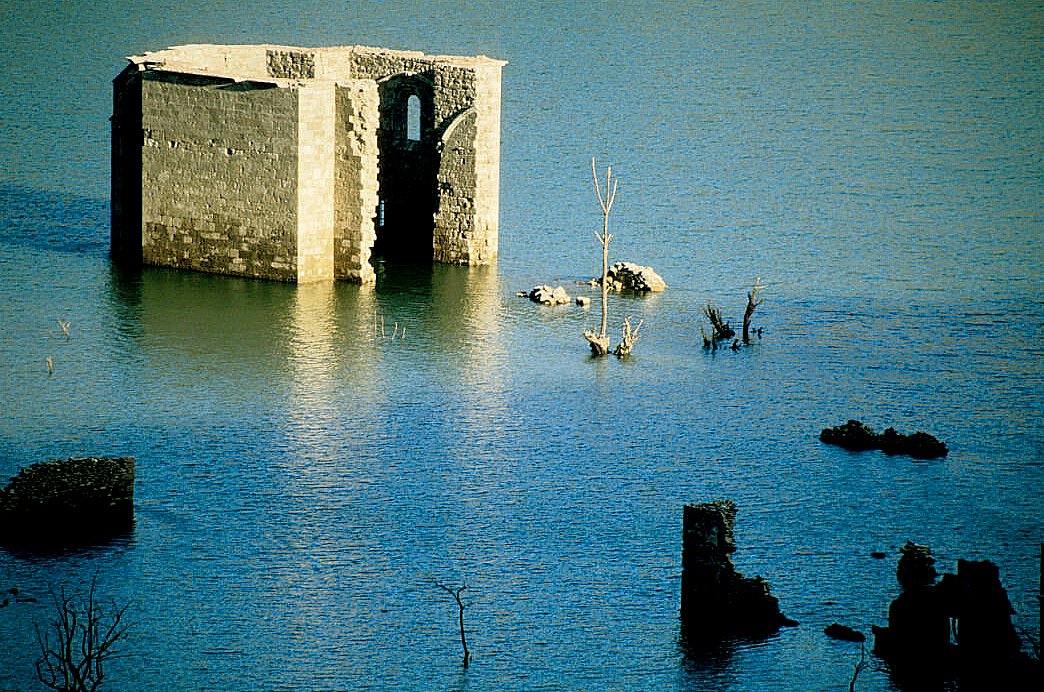
On clear days, when lake levels drop, traces of these vanished towns sometimes reappear. Tumbled stones, old fence posts, and the outlines of roads can be glimpsed beneath the water. Locals tell stories of ghostly church steeples that once poked above the waves, or of fishermen snagging relics from the past. Annual reunions are held by former residents and their descendants, who gather on the banks to remember what was lost—and what endures in memory. These gatherings are bittersweet reminders that the past is never truly gone, even when hidden beneath a placid lake.
Lessons for the Future: Memory, Science, and Responsibility
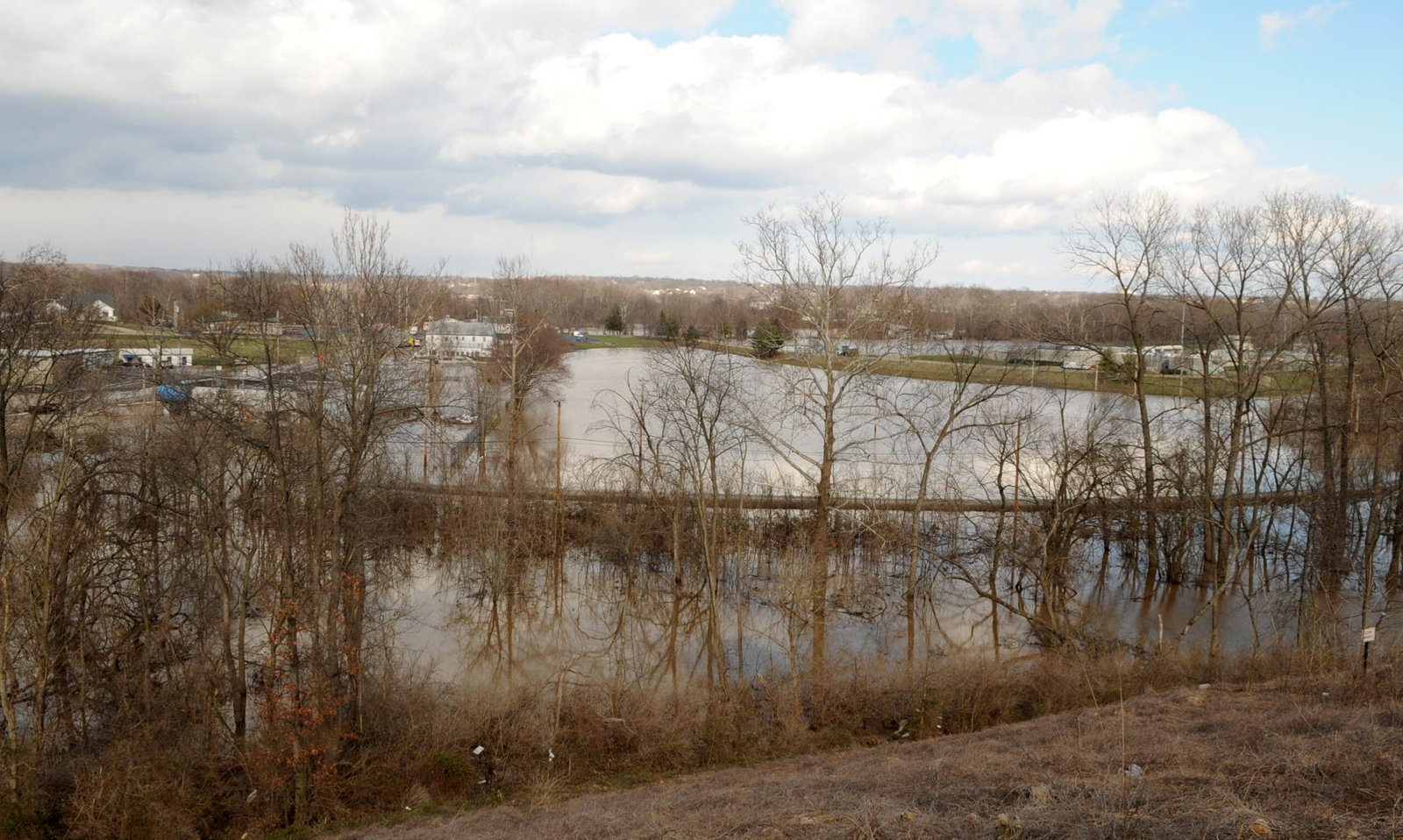
The story of the drowned towns of the TVA is a powerful lesson in the complexities of progress. Science and engineering can achieve wonders, but they also carry heavy responsibilities. The TVA’s legacy is a reminder that every technological leap has ripple effects, both seen and unseen. As new hydropower projects are considered around the world, the experiences of these communities urge caution, empathy, and respect for those whose lives are most affected. What lies beneath the water is not just history—it is a call to remember the human cost of our brightest ambitions.

